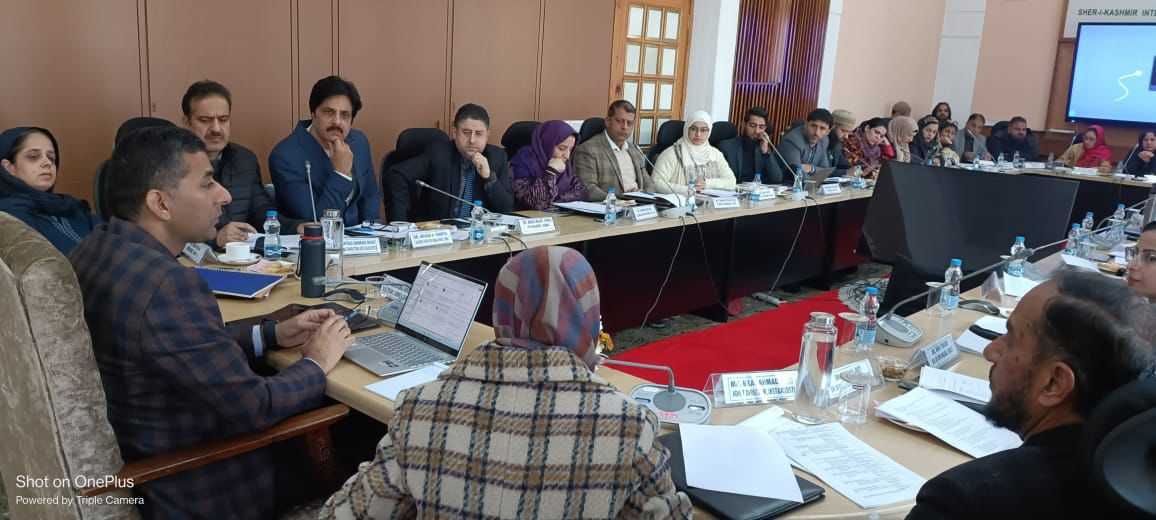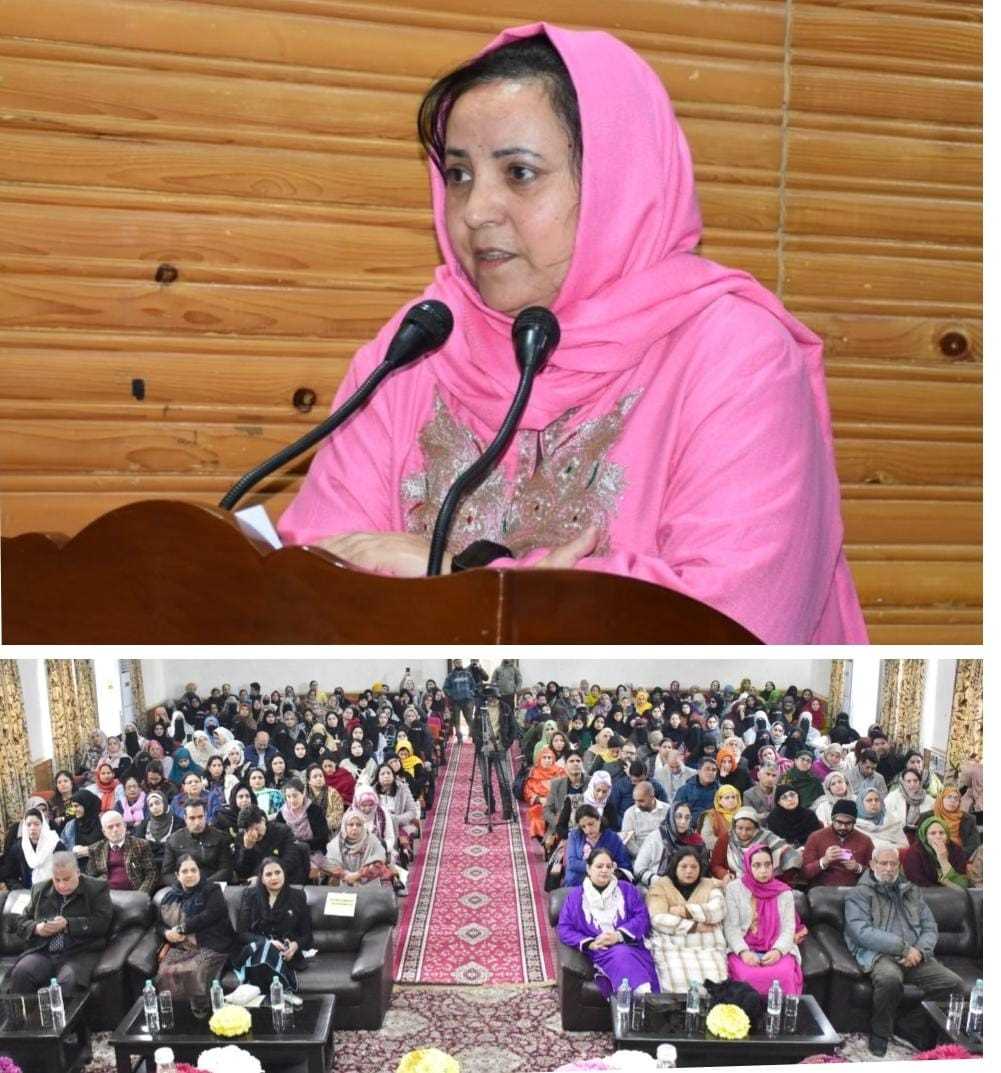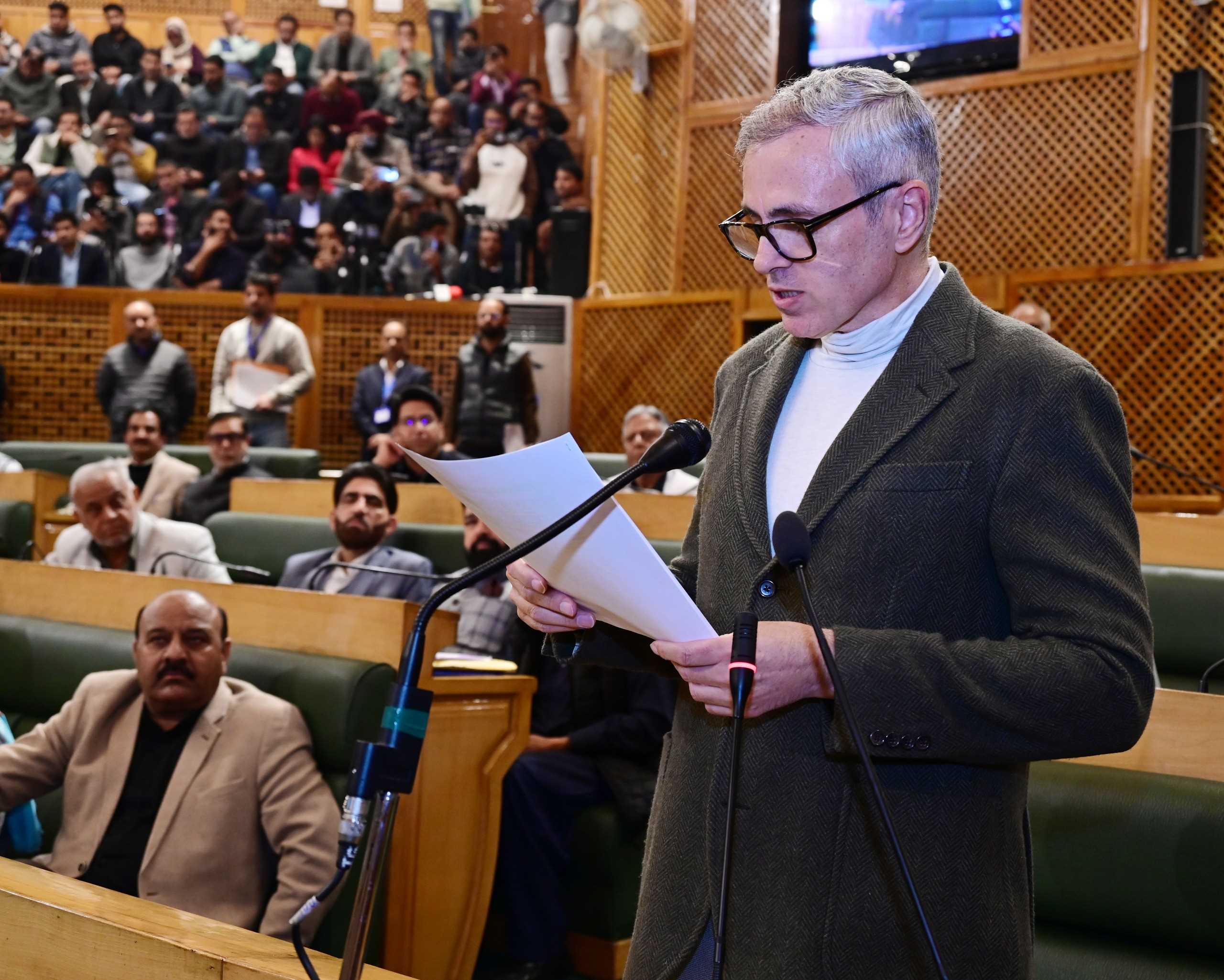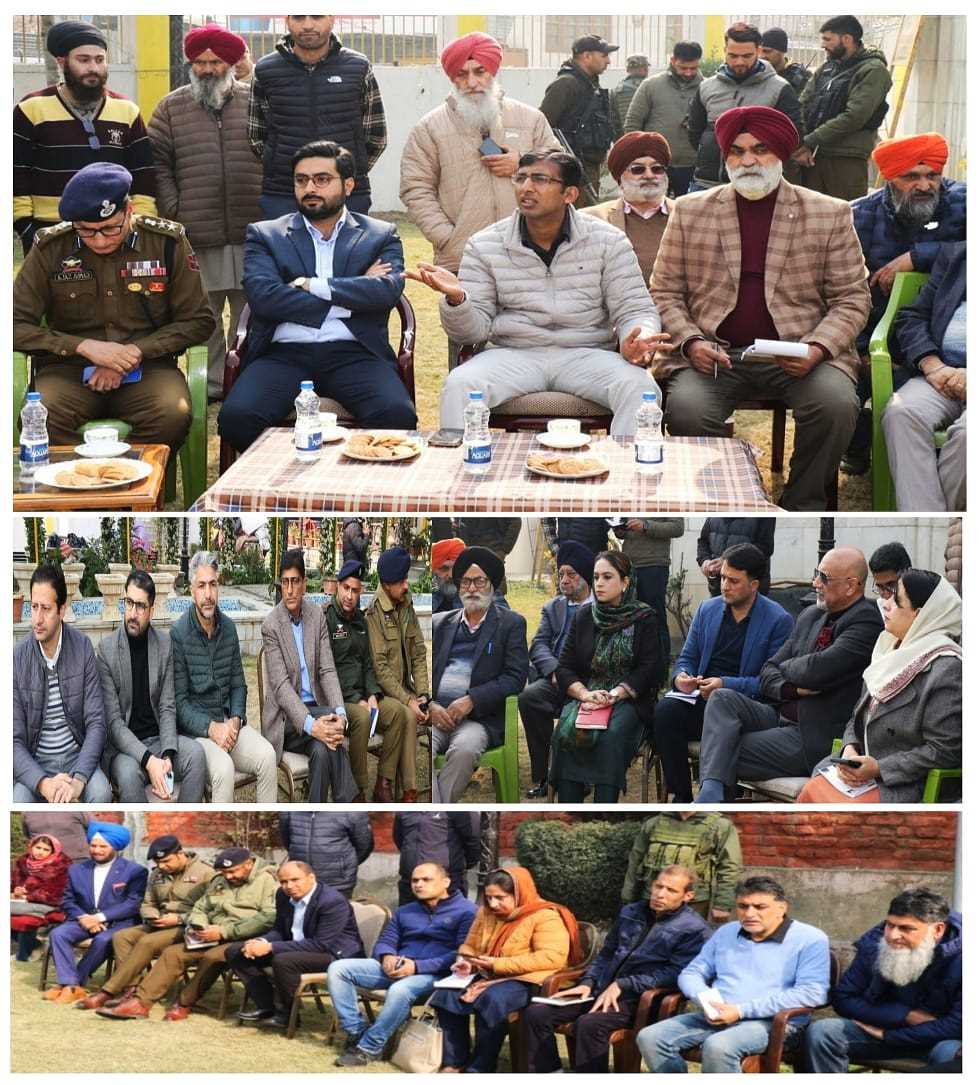The recent accident on the Mehad-Neera-Kanthi link road in Ramban tehsil, which resulted in the tragic death of a woman and injuries to 12 others on Monday, is yet another grim reminder of the alarming rate of road accidents in Jammu and Kashmir. With our treacherous mountain roads and unpredictable weather conditions, J&K has long been a hotspot for traffic mishaps. While natural factors play a role, human negligence, poor road infrastructure, and lack of enforcement of traffic regulations significantly contribute to the rising number of fatalities. Jammu and Kashmir, particularly the Jammu-Srinagar National Highway and other hilly link roads, has witnessed a surge in accidents over the years. The reasons are manifold—sharp curves, landslides, poor road maintenance, and reckless driving. Many drivers overestimate their skills and underestimate the dangers posed by these winding roads, leading to devastating consequences. Overloading of passenger vehicles and trucks is another serious issue, as many vehicles carry more than their permitted capacity, reducing maneuverability and braking efficiency. One of the primary reasons for frequent accidents is the poor state of roads. Many link roads, including the one where the recent accident occurred, lack proper safety measures such as crash barriers, warning signs, and adequate lighting. Construction delays and poor quality repairs further exacerbate the situation. Despite repeated assurances from authorities, road maintenance remains inadequate, making travel unsafe, especially during rains and snowfall. Moreover, the lack of strict enforcement of traffic laws encourages reckless driving, speeding, and overtaking in dangerous zones. Many drivers do not follow basic safety rules such as wearing seat belts or helmets. Over-speeding is a common menace, and with limited police presence on remote roads, violators often go unchecked. Additionally, drunk driving and fatigued driving are prevalent, especially among commercial drivers covering long distances. The government must take urgent steps to curb these frequent tragedies. Strengthening road infrastructure by widening roads, installing safety barriers, and improving signage is crucial. Additionally, stricter traffic enforcement and awareness campaigns about road safety norms should be prioritized. The introduction of intelligent traffic management systems and surveillance cameras can deter reckless driving. Furthermore, emergency medical facilities along accident-prone roads should be improved to provide immediate assistance to victims. Every accident leaves behind shattered families and irreparable losses. It is high time that authorities, along with citizens, take collective responsibility to ensure safer roads. The tragedy in Ramban should serve as a wake-up call—road safety cannot remain an afterthought. Stronger policies, better infrastructure, and responsible driving are the need of the hour to prevent further loss of precious lives.








